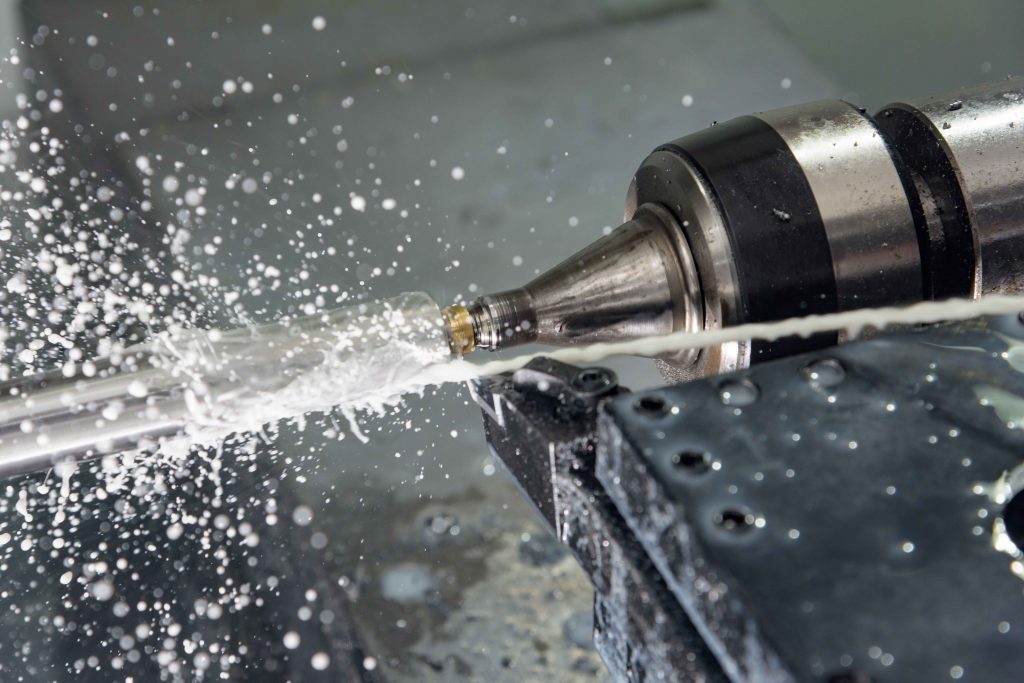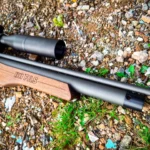Understanding the Significance of Points in Deer Hunting: Unveiling the Secrets behind these Markers
Table of Contents
- Understanding the Significance of Points in Deer Hunting
- Decoding the Meaning of Points in Deer Hunting Terminology
- The Role of Points in Assessing Deer Size and Maturity in Hunting
- Exploring the Different Ways Points are Counted in Deer Hunting
- Unraveling the Mystery: What Points Really Mean in Deer Hunting
- The Importance of Points: A Guide to Interpreting Deer Antler Size in Hunting
Understanding the Significance of Points in Deer Hunting
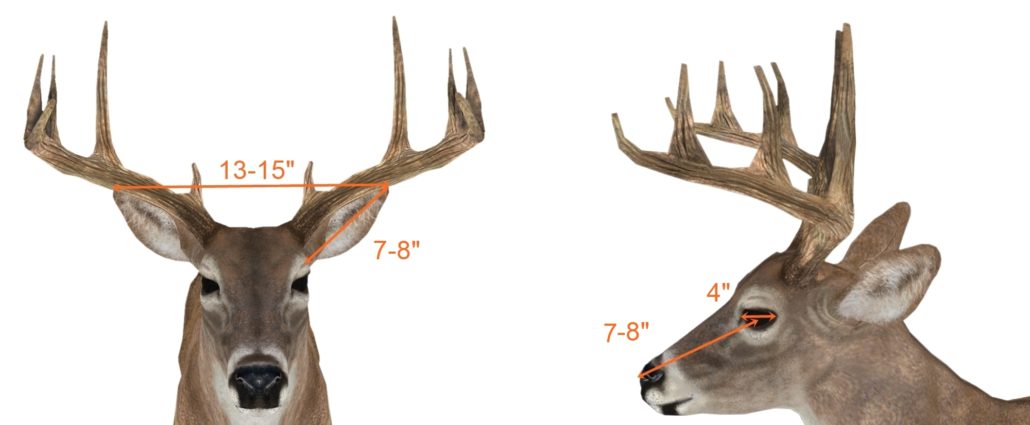
Deer hunting is a popular sport in many parts of the world, and one aspect that hunters often pay attention to is the number of points on a deer’s antlers. Points refer to the tines or branches on the antlers, and they are used as a way to gauge the size and maturity of the deer.
In some regions, such as Montana, hunters may use different terminology when describing the number of points on a buck. For example, instead of saying “there is a ten point buck,” they might say “Look, there is a 4 by 4.” This means that the deer has four points on each side of its head. In other words, it could be called a 4 point buck.
However, in other parts of the United States, a “10 point buck” would refer to a deer with ten total antler points on its entire head. The way points are described can vary depending on location.
There are two different ways of counting points: eastern count and western count. Eastern count includes the eye guards and totals the points in both antlers. So if someone says they bagged a 10 point buck using eastern count, it probably means a buck with five points on each side, including the eye guards.
On the other hand, western count does not include the eye guards and only counts the points on one side. Therefore, what would be called a 4 point buck in western count would be referred to as a 10 point using eastern count.
For simplicity, most whitetail deer are described using eastern count while most mule deer and elk are described using western count.
In conclusion, when referring to points on a buck’s antlers in hunting terminology, it generally means an “antler point.” However, it’s important to note that how these points are described can differ based on location and the counting system used.
Decoding the Meaning of Points in Deer Hunting Terminology
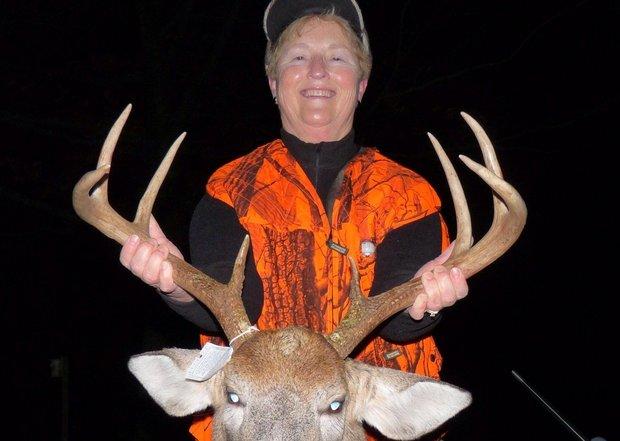
When it comes to deer hunting, the term “points” refers to the number of tines or branches on a deer’s antlers. For example, if someone says they spotted a ten point buck, they are referring to a deer with ten tines on its antlers. The number of points is often used as a way to gauge the size and maturity of the deer, with more points typically indicating a more mature and larger animal.
However, it’s important to note that the way points are described can differ depending on the location. In Montana, for example, if someone were to say there is a ten point buck, it would mean that the deer has ten different antler points on each side of its head. In other words, it would be referred to as a 4 by 4 in Montana, indicating four points on each side of its head.
In other parts of the US, a “10 point buck” would refer to a deer with ten total antler points on the entire head. So while the term “point” always refers to an antler point, how they are described varies based on location.
There are also two different ways of counting points: eastern count and western count. Eastern count includes the eye guards and totals the points in both antlers. Western count does not include eye guards and only counts the points on one side. For example, a 4 point buck using western count would be called a 10 point using eastern count.
To summarize, when it comes to deer hunting terminology, a point refers to an individual antler point. However, how they are described and counted can vary based on location and counting method used.
The Role of Points in Assessing Deer Size and Maturity in Hunting
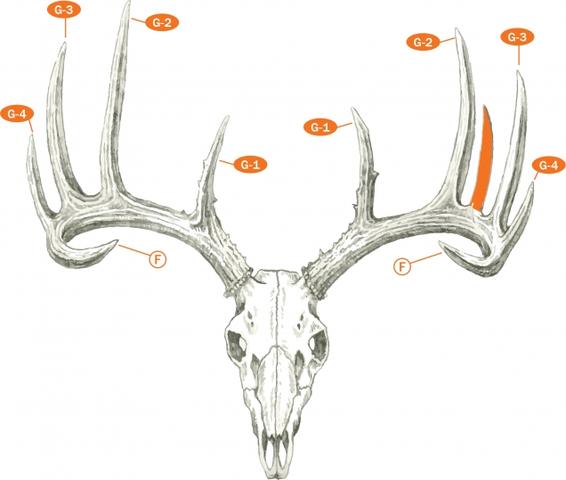
In hunting, “points” refer to the number of tines or branches on a deer’s antlers. When someone says they “spotted a ten point buck,” they are referring to a deer with ten tines on its antlers. The number of points is often used as a way to gauge the size and maturity of the deer, with more points typically indicating a more mature and larger animal.
It is important to note that the way points are described can vary depending on the location. For example, in Montana, someone might say “Look, there is a 4 by 4,” which means that the deer has 4 points (antler branches) on each side of its head. In other places across the US, a “10 point buck” would refer to a deer with ten total antler points on the entire head.
There are also different methods of counting points in hunting. Eastern count totals the points in both antlers, including the eye guards. Western count, on the other hand, does not count the eye guards and only counts the points on one side. So a 4 point buck in western count would be called a 10 point using eastern count.
To summarize, when it comes to assessing deer size and maturity in hunting, points play an important role. They refer to the number of individual points on the antler tines and can vary in how they are described and counted depending on location and counting method used.
Exploring the Different Ways Points are Counted in Deer Hunting

Eastern Count vs Western Count
In deer hunting, the term “points” refers to the number of tines or branches on a deer’s antlers. However, the way these points are counted can vary depending on the location and counting method used. The two main counting methods are Eastern count and Western count.
Eastern count involves totaling the points in both antlers, including the eye guards. For example, if someone says they bagged a 10 point buck using Eastern count, it means that the deer has 5 points on each side, including the eye guards.
On the other hand, Western count only counts the points on one side of the antlers and does not include the eye guards. So a 4 point buck in Western count would be called a 10 point using Eastern count.
The Boone and Crockett Scoring System
To determine whether a projection on an antler qualifies as a point, hunters often refer to the Boone and Crockett scoring system. According to this system, each tip of an antler protrusion is considered one point.
However, there are specific criteria that must be met for a projection to be counted as a point. The projection must be at least one inch long and longer than it is wide at that length. This means that small nubs just starting to grow may not be counted as points.
Additionally, broken off antlers may not count if the stump is short and wide or broken at the base under 1 inch.
The Boone and Crockett Club, founded by Theodore Roosevelt, is a nonprofit hunting and conservation organization that sets standards for measuring native North American game animals. They also keep records of notable specimens based on their scoring system.
In conclusion, when it comes to counting points in deer hunting, there are different methods and criteria used. Eastern count and Western count refer to whether the points are counted on both antlers or just one side. The Boone and Crockett scoring system provides guidelines for determining what qualifies as a point based on length and width criteria.
Unraveling the Mystery: What Points Really Mean in Deer Hunting
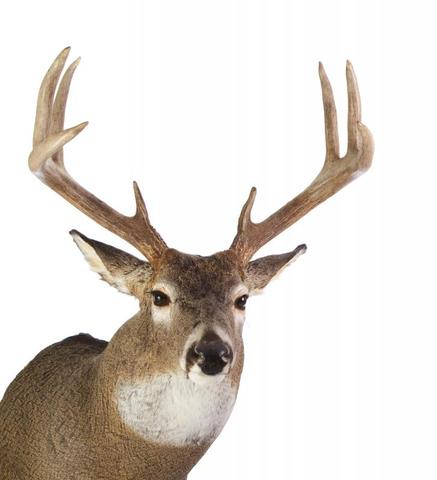
Deer hunting enthusiasts often use the term “points” to refer to the number of tines or branches on a deer’s antlers. When someone says they “spotted a ten point buck,” they are indicating that the deer has ten tines on its antlers. The number of points is commonly used as a way to gauge the size and maturity of the deer, with more points typically suggesting a larger and more mature animal.
However, it is important to note that the way points are described can vary depending on the location. For example, in Montana, someone might say “Look, there is a 4 by 4,” which means that the deer has four points on each side of its head. In other words, it could be called a 4 point buck. On the other hand, in some regions across the US, a “10 point buck” would refer to a deer with ten total antler points on its entire head.
There are also two different ways of counting points: eastern count and western count. Eastern count includes all the points in both antlers, including the eye guards. So if someone says they bagged a 10 point buck using eastern count, it probably means a buck with five points on each side, including the eye guards. Western count only counts the points on one side and does not include the eye guards. Therefore, a 4 point buck in western count would be called a 10 point using eastern count.
To simplify matters, most whitetail deer are described using eastern count, while most mule deer and elk are described using western count.
In conclusion, when referring to points on a buck’s antlers in hunting terminology, it signifies an individual antler point. However, how these points are described can differ based on location and counting method used.
The Importance of Points: A Guide to Interpreting Deer Antler Size in Hunting
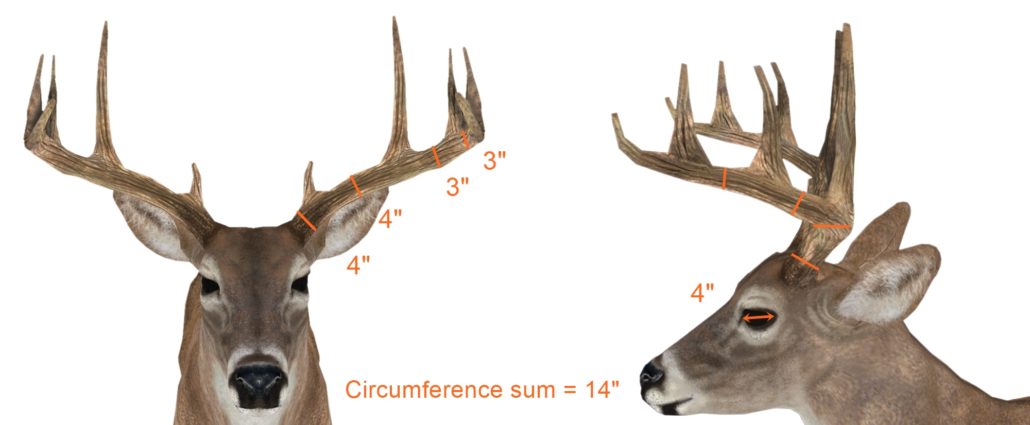
Deer antlers are a significant aspect of hunting, and the number of points on a buck’s antlers can provide valuable information about its size and maturity. When someone mentions a “ten point buck,” they are referring to a deer with ten tines or branches on its antlers. In different regions, the way these points are described may vary.
In Montana, for example, if someone says there is a “ten point buck,” it means that the deer has ten different antler points on each side of its head. However, in other parts of the US, a “ten point buck” would refer to a deer with ten total antler points on the entire head. The terminology used to describe the number of points differs based on location.
To simplify things, most whitetail deer are described using an eastern count method. This count includes all points in both antlers, including the eye guards. So when someone claims to have bagged a “ten point,” it likely means they shot a buck with five points on each side, including the eye guards.
On the other hand, there is also a western count method that does not consider the eye guards and only counts the points on one side. For instance, what would be called a “four point buck” using western count would be referred to as a “ten point” using eastern count.
The Boone and Crockett Club, founded by Theodore Roosevelt, has established standards for measuring native North American game animals and keeps records of notable specimens. According to their scoring system, each tip of an antler protrusion is considered one point. To be counted as a point, the projection must be at least one inch long and longer than it is wide at that length.
It’s important to note that small nubs just starting to grow or broken off antlers with short and wide stumps may not count as points. The Boone and Crockett Club’s scoring system helps ensure consistency in assessing deer antler size.
Understanding the number of points on a buck’s antlers can provide hunters with insights into the animal’s maturity and size. Whether using eastern or western count methods, these points serve as a valuable gauge in hunting and contribute to the overall excitement and challenge of the sport.
In conclusion, the number of points on a buck’s antlers refers to the individual tines or branches present. The way these points are described can vary based on location, with different counting methods used in different regions. By understanding the significance of points, hunters can better interpret deer antler size and make informed decisions during their hunting endeavors.
In conclusion, points are a measurement system used to assess the age and size of deer during hunting. They provide valuable information for hunters in terms of trophy quality and herd management. However, it’s important to remember that points alone don’t define the overall hunting experience or the ethicality of the practice. Ultimately, responsible hunting should prioritize conservation efforts and respect for wildlife.








![Air gun 101: The differences between .177 & .22 – Which jobs they do best ? [Infographic]](https://airgunmaniac.b-cdn.net/wp-content/uploads/2024/11/1773-218x150.jpeg)






























 Benjamin Marauder
Benjamin Marauder Five RWS Superdomes made this 0.528-inch group at 25 yards.
Five RWS Superdomes made this 0.528-inch group at 25 yards.